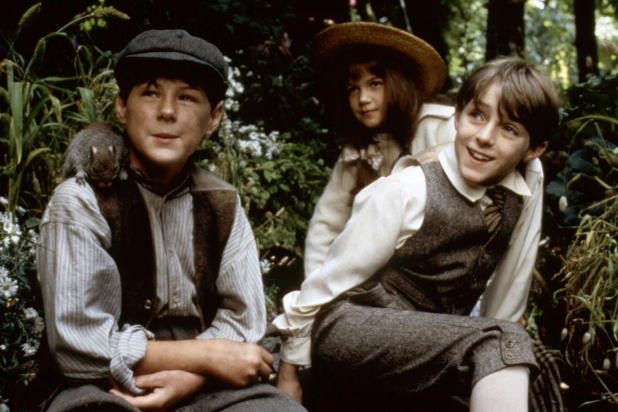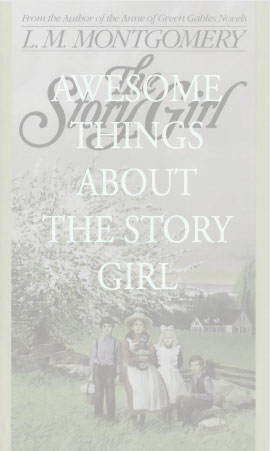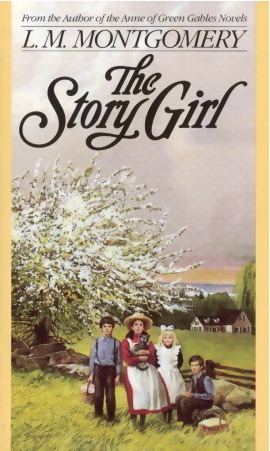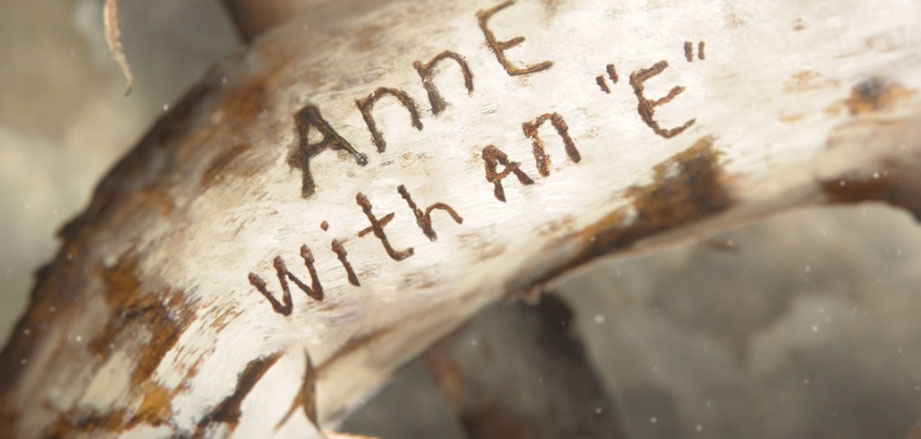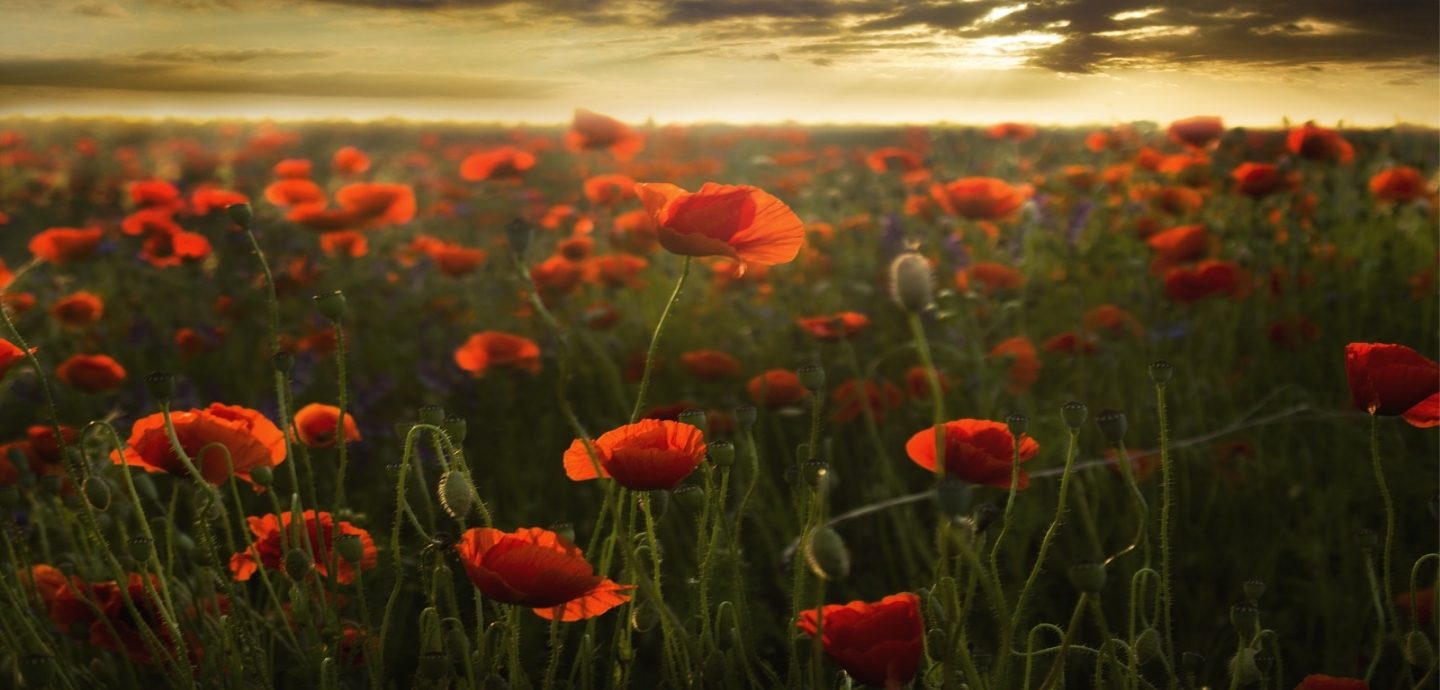The Friday Book Club Book of the Month || The Secret Garden
Since its publication in 1911, Frances Hodgson Burnett’s The Secret Garden has continued to charm readers from generation to generation. Readers have become acquainted with Mary, Dickon, and Colin, and have become part of their adventures in reviving a decade-old garden which wilted through neglect. This book covers so many themes such as self-discovery, self-care, and care for others, that our team have decided that this book will jump-start the first of (hopefully many) Book Club discussions, starting on July! We are excited to invite you to our discussions, which will be online, due to the current COVID-19 pandemic. Interested participants can sign up here, and we will be providing you email updates with regard to schedules and things! We’re so, so excited to have you on board! Image credit here.

